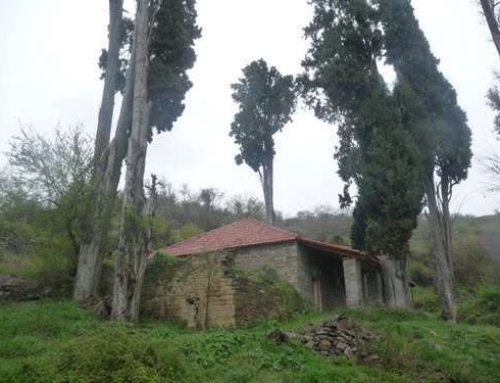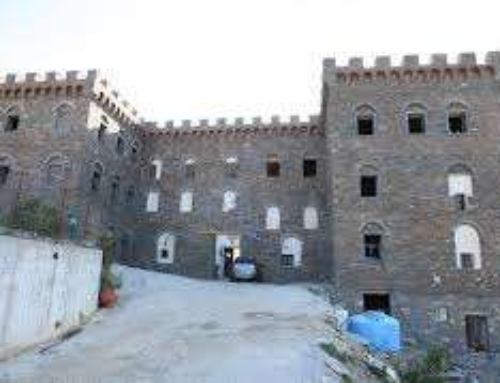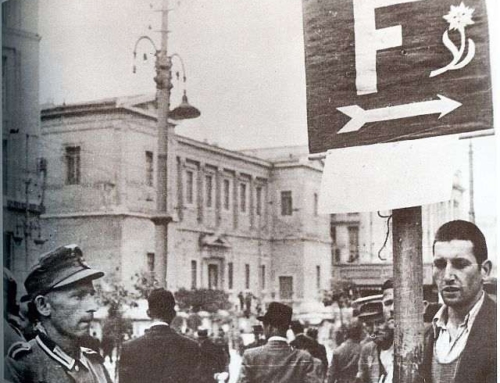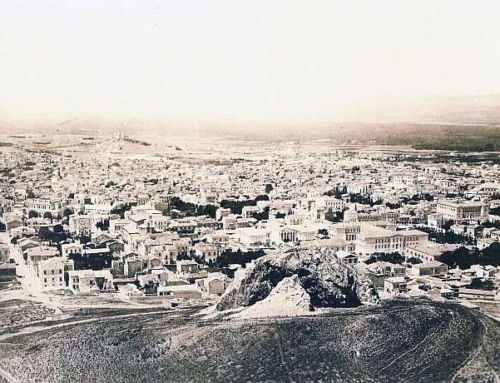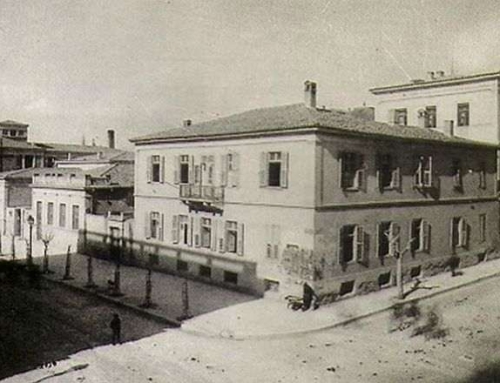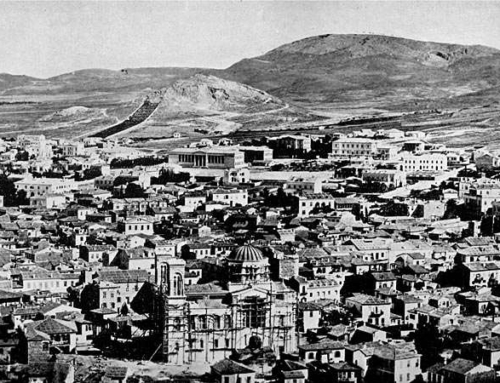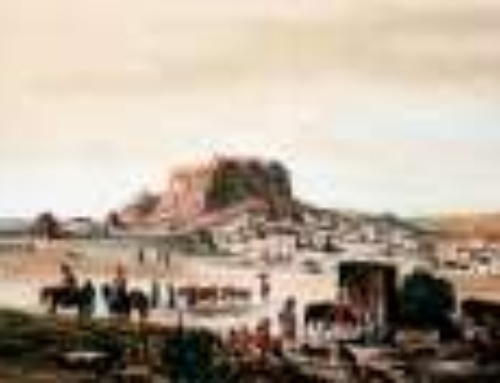H Φιλεκπαιδευτική Εταιρεία ιδρύθηκε το 1836 και είναι κοινωφελές εκπαιδευτικό ίδρυμα μη κερδοσκοπικού χαρακτήρα.
Είναι ο παλαιότερος εκπαιδευτικός οργανισμός στην Ελλάδα και έχει διατηρήσει τον χαρακτήρα της παρά τις εξωτερικές μεταβολές και τις προσαρμογές στις εκάστοτε συνθήκες, έχοντας ωστόσο πάντοτε τον ίδιο σκοπό από την ίδρυσή της: την παροχή παιδείας στα Ελληνόπουλα. Η παρουσία και η δραστηριότητα τής Εταιρείας στην εν γένει εκπαιδευτική, πνευματική, πολιτιστική, επιστημονική και κοινωνική ζωή τού τόπου υπήρξε και εξακολουθεί να είναι καθοριστική.
Το 2016 η Φιλεκπαιδευτική Εταιρεία εορτάζει 180 χρόνια από την ίδρυσή της (1836).
Δείτε τρεις ψηφιακές χρονογραμμές για την ιστορία τής Φιλεκπαιδευτικής Εταιρείας κατά τον 19ο, τον 20ό και τον 21ο αιώνα αντιστοίχως. Παράλληλα με τους σταθμούς στην ιστορία τής Φ.Ε. σημειώνονται τα γεγονότα τής ελληνικής ιστορίας.
(Πατώντας στο εικονίδιο επιστρέφετε στη χρονογραμμή)
♦ Δείτε εδώ μια παρουσίαση με την ιστορία τής ΦΕ
♦ Διαβάστε εδώ μια ιστορική αναδρομή στα “Σχολεία τής Εταιρίας” τού 19ου αιώνα
– Το οικοδομικό τετράγωνο τού Αρσακείου στο κέντρο τής Αθήνας
– Το Αρσάκειο κατά το τέλος τού 19ου αι. και το “Νέο Αρσάκειο”
– Το Αρσάκειο κατά τον πόλεμο τού 1940 και μετά τον πόλεμο
♦ Τα Αρσάκεια Σχολεία στην Αττική
♦ Αρσάκεια Σχολεία στην Ελλάδα κατά τον 19ο και 20ό αιώνα
♦ Αρσάκειο στη γενέτειρα τού Α. Αρσάκη

